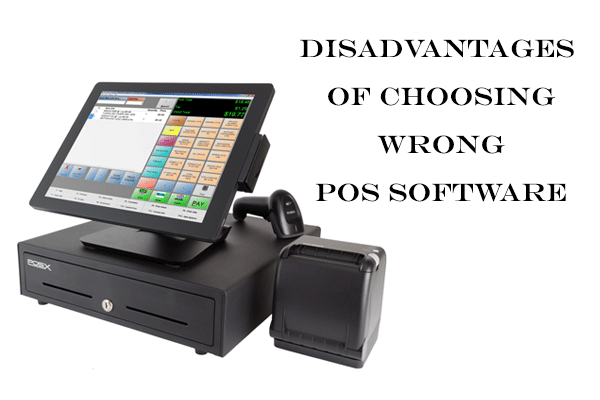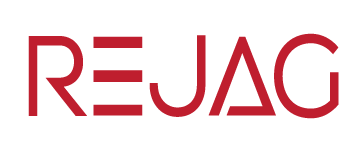
We’ve all heard so many management systems, including school management, hotel management, even personal management system, and what isn’t it? We’re here to talk about the restaurant management system in this article.
The restaurant management system is a POS software designed for the foodservice industry. As a standard billing software, restaurant billing software system enables you to accurately record transactions and handle inventory and usually more effectively operate daily procedures. Software and hardware, such as the cash register, barcode scanner, and receipt printer, may also be installed.
The restaurant billing software system has the qualities and features to assist and operate a restaurant and bar. The bar or restaurant management system is a POS scheme, and it contains many features and functions that render a company more efficient and eventually more profitable.
How to choose the best Restaurant management software?
With the market loaded with loads of alternatives, selecting the best one retail billing software out of it will be challenging. You might even ask how to choose the best software for restaurant management, but the reality is it differs from individual to individual. Which means that not two people have the same requirement. But here are the main features I’ve added from distinct restaurant management system:
- Recipe and menu
- Mobile order taking
- Inventory billing software and production
- Tip management
- CRM and promotion
- Pricing and wastage reports
- Integrations with the third party
- Cloud POS
- User and data security
- Chain management
The above are a few features and few essential items that have become a requirement for any specified restaurant these days in order to render their entire method smooth.
Features of the restaurant management system:
Many restaurant management technologies do more than just perform POS functionality. They have module front components, room rear screens, HR and CRM procedures.
1. Core POS:
The primary module is payment acceptance and revenue monitoring. The POS can include online billing via portable smartphone, enabling you to receive orders from the main cashier register remotely. To create an end-to-end restaurant management system, the POS is connected to other major technologies such as credit card and payment gateways, stock management and CRM.
2. POS Hardware:
It is made up of the POS ‘ physical components, such as a terminal, card reader, printer, and cash drawer. Collectively, you call them the cash register. Some sellers give a set of software and hardware, but most restaurant management applications use your PC or smartphone/tablet to subscribe to the features of the software.
3. Inventory management:
It enables you to achieve full power over your stocks and stop overstocks and out-of-stock, both putting a burden on cash flow. Before they run out, you can monitor delivery services, connect the system to suppliers for immediate instructions, and crack products down to the component point for a more detailed point of view of stocks. It also helps identify variances like waste, theft, and voids and improve the back of the house workflow.
4. Reservation system:
This feature enables online booking via phone or online for clients. It helps to avoid overbooking and to handle your booking-based employees and assets.
5. Reporting and Analytics:
This module enables you to operate analytics to gain opinions into your activities by consolidating information from other modules. These ideas can be expressed in sales accounts, financial statements, performance reports of employees and measurements of marketing.
Benefits of Restaurant Management System:
We mention the main benefits to expect when using a restaurant management system. These advantages are the primary factors you need to get a system. Not least, 80% of restaurants turn to online buying, booking, stock, and optimization software.
1. Track sales down to each item:
All the transactions are stored in the system, including orders, payments, voids, promo deals, and expenditure, so your sales data or the information is accurate and doesn’t get lost at any time.
2. Generate financial statements fast and accurately:
Manual mistakes are stopped where transactions are recorded online. Each order, for example, is time-stamped and registered with other information such as purchased products and the name of the worker who carried out the operation. Sales data is also synced with inventory and CRM (for customer data) to update their records as well. With data consolidated in one place, the integrity of your financial reports is protected.
3. Better customer service:
Probably this is the main reason why a restaurant management system is used: make clients happy. Most management schemes in restaurants arrive with CRM. This module records data about customers such as name, contact details, and transactions. With more knowledge of your customer’s likes, you can deliver a more satisfying service.
4. Access data wherever:
Most restaurant management technology today is cloud-hosted, allowing you to view the information in the web browser. You get sales operations in real-time and even on the go monitor the efficiency of employees.
5. Less Queues:
Billing software is produced quicker and easier with Restaurant POS, enabling you to service the most satisfied client with greater preference. This ensures that the item will be delivered on the first-come, first-serve basis. So there will be no delay in helping the client.
6. Better communication:
The interaction flow is smooth with nice restaurant management software. Right from getting the order, to the final orders. Our restaurant management software enables you to place instructions on a smartphone, the information is transferred to the class of POS and KOT, the follow-up to the generation of Bill.










